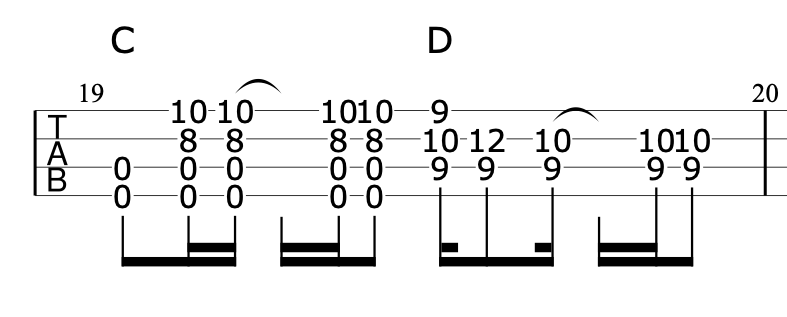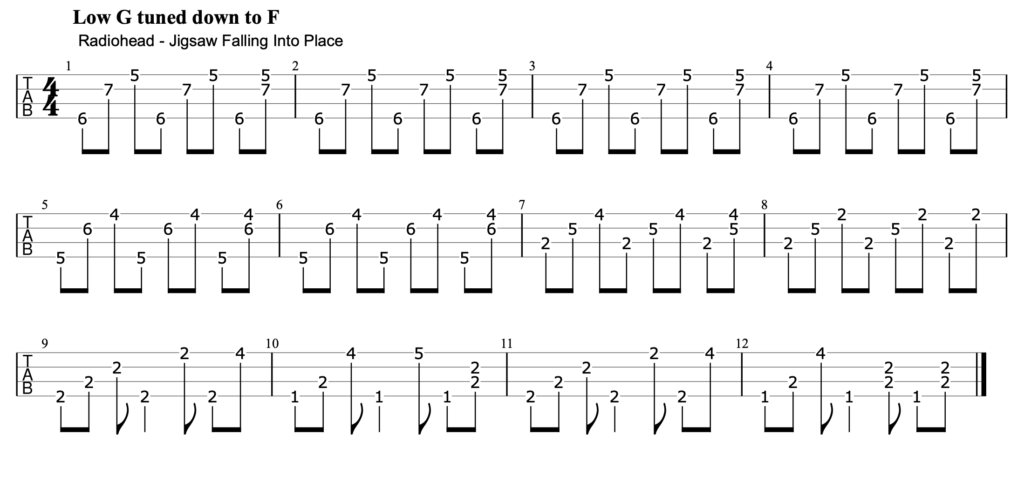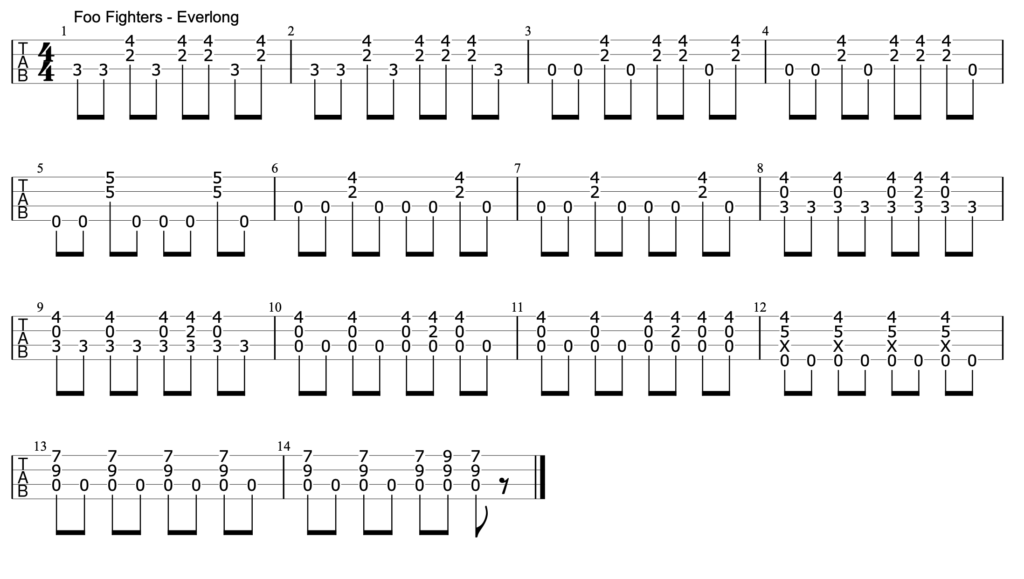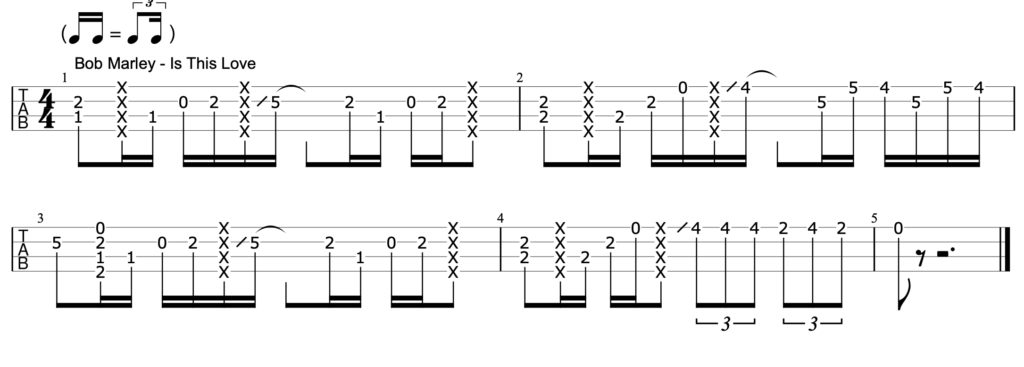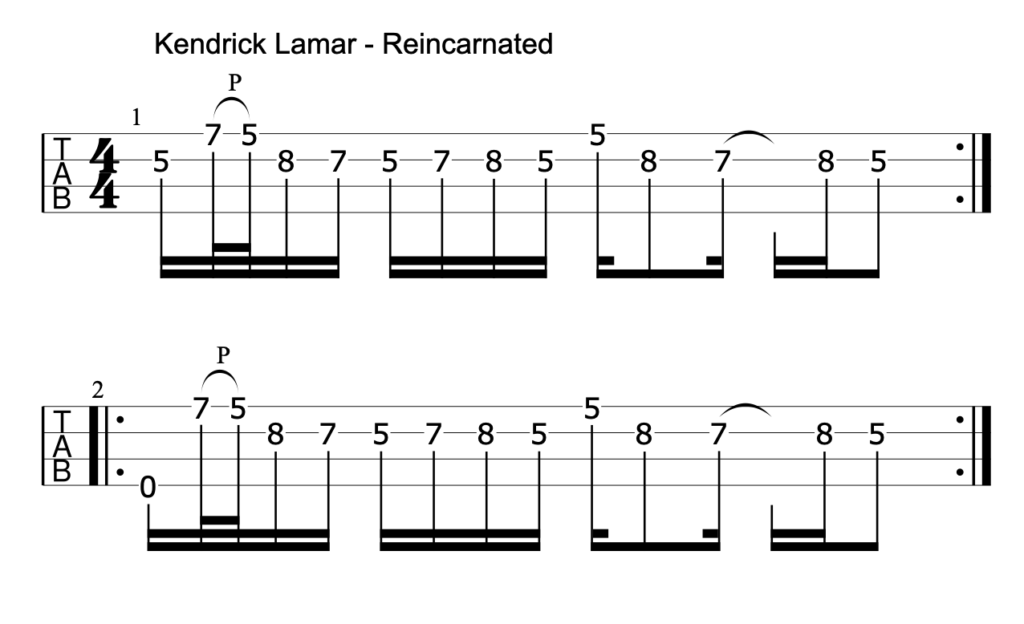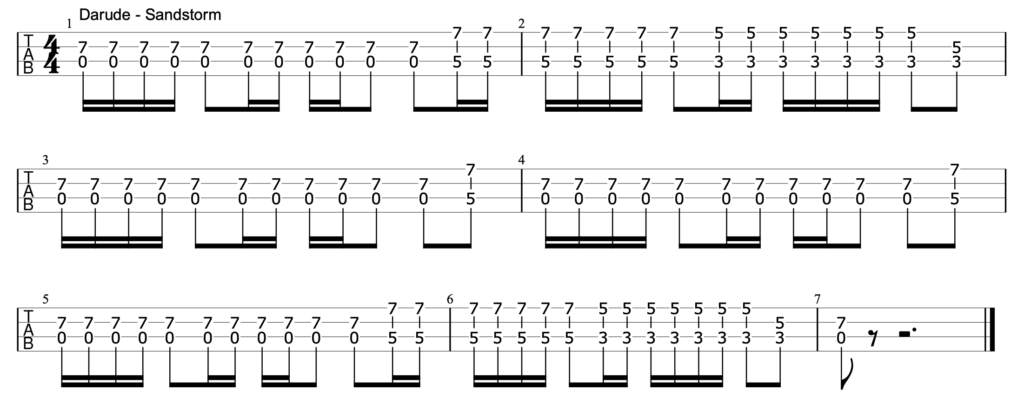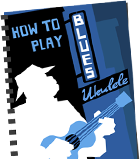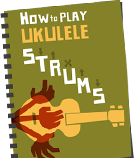R.E.M. – Find the River (Tab)
Here’s my take on a track from R.E.M.’s massive Automatic for the People: Find the River.
Intro: Easing into the song with a very straightforward four bars. Then into some tricky fast picking in the next four bars. Be sure to play the G chord in bars 5 and 7 by barreing the second fret. That’ll make for a smooth transition up the neck for the Gm7.
Verse: The verse is fairly simple. It’s all first position chords and almost all strummed.
Chorus: The chorus is more challenging as it moves up and down the neck. Although it’s still just strumming. The trickiest part comes in the second half of bars 19 and 21. If you’re finding that tricky, Here’s an alternative version that’s easier to play. Although it does require a quicker move down to the G chord.
